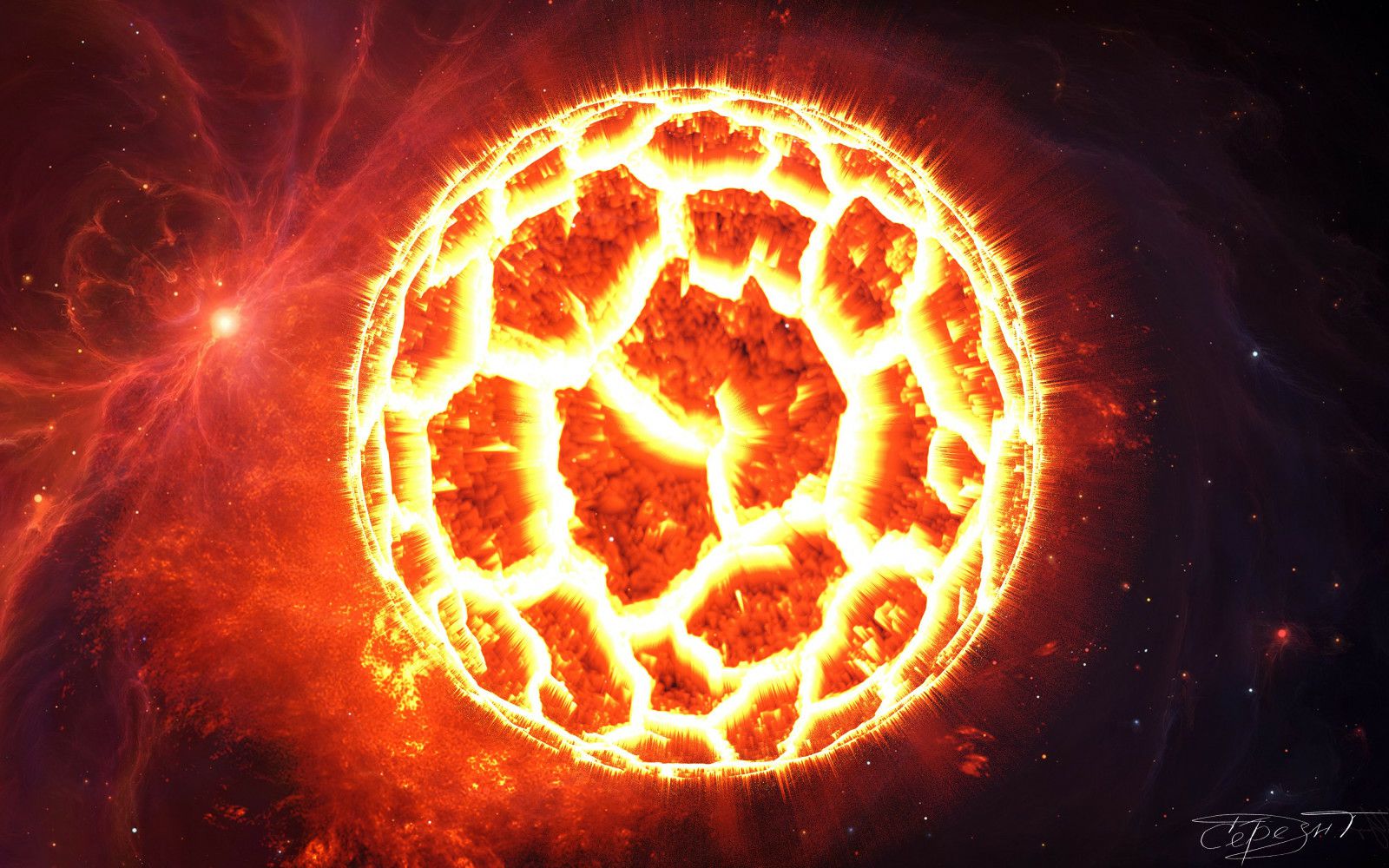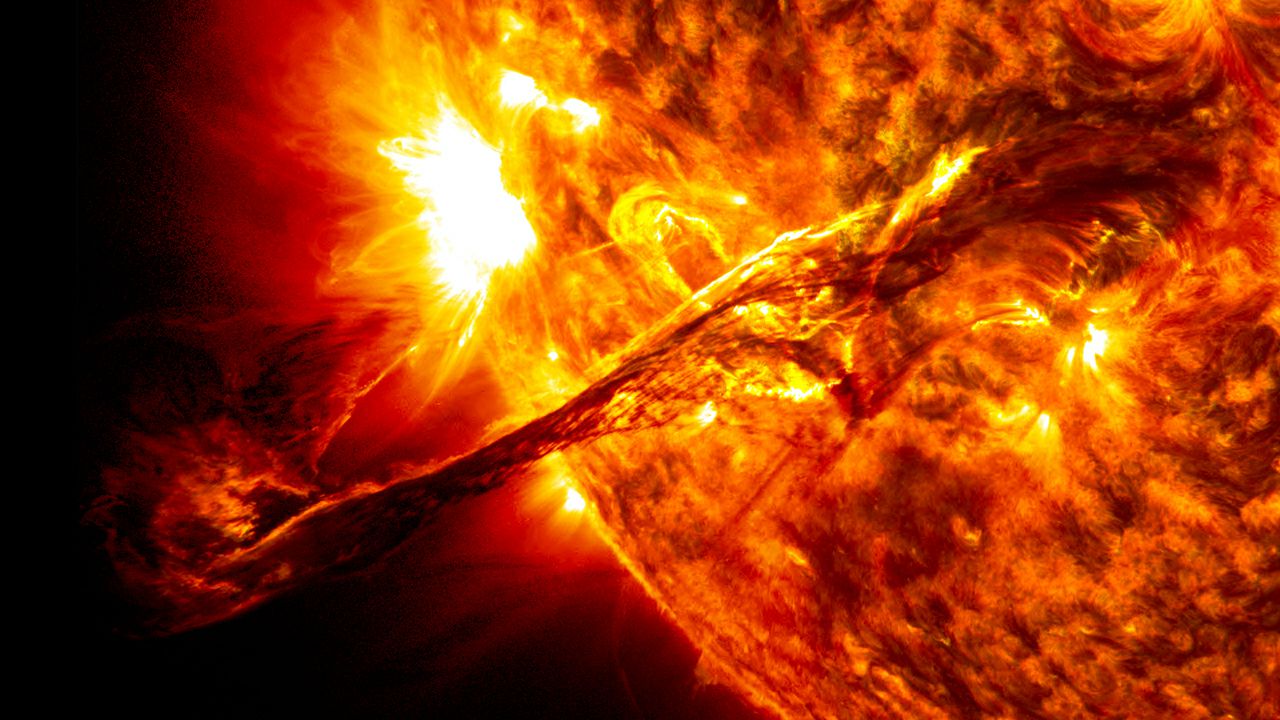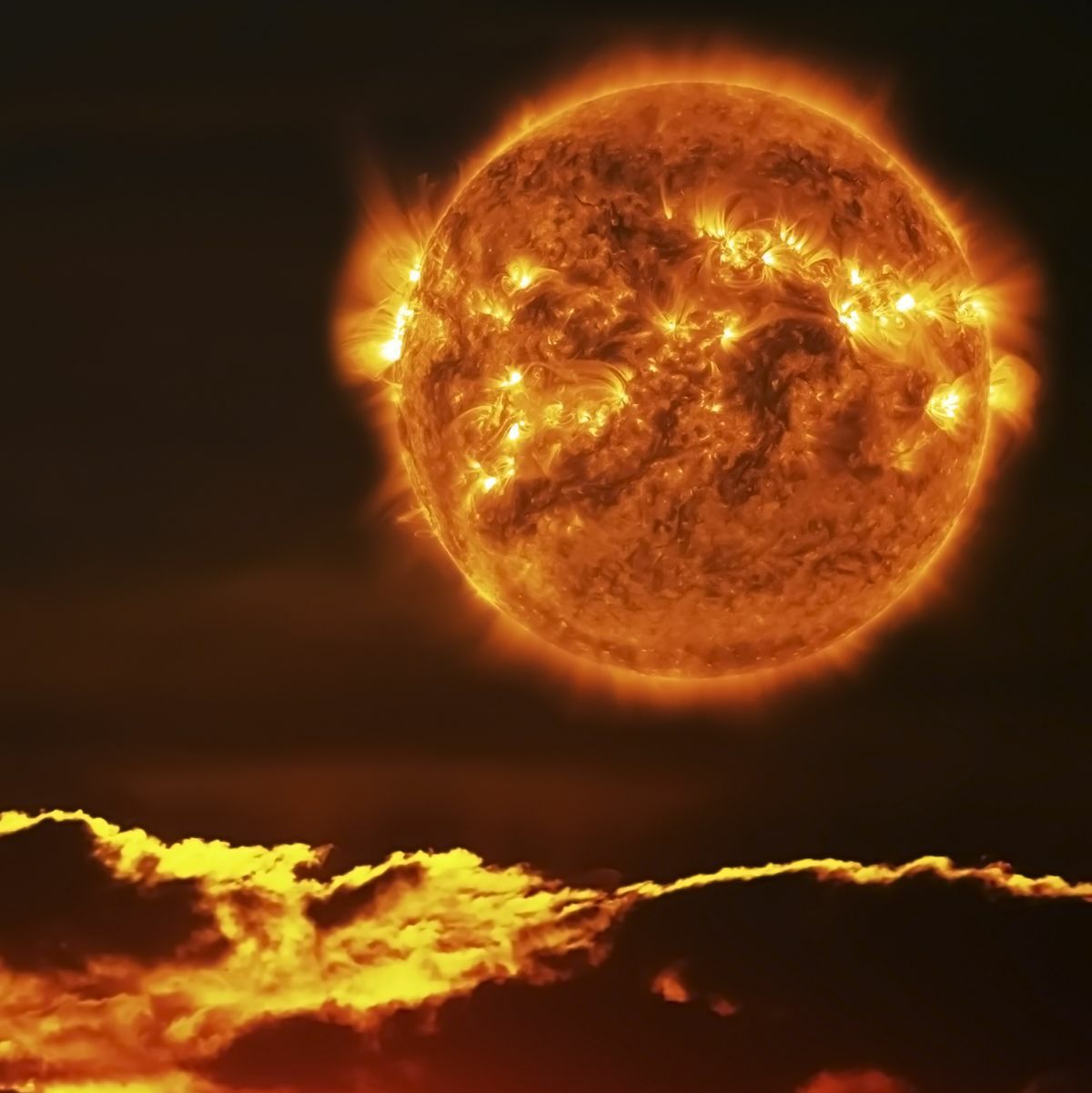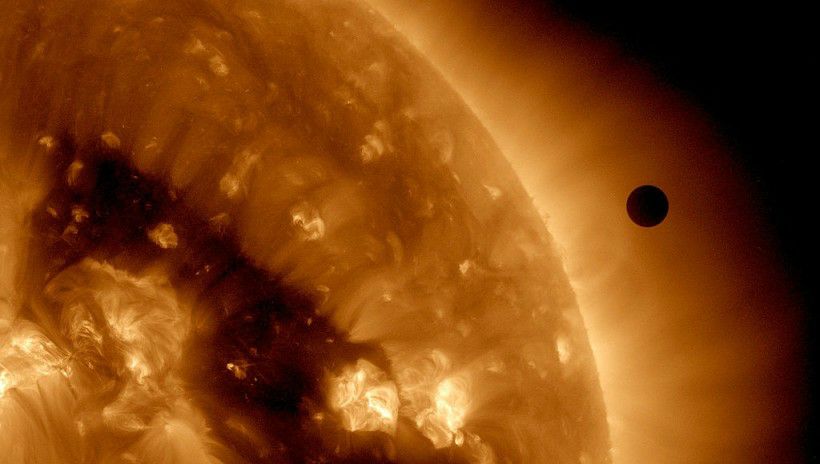NASA scientists have made a groundbreaking discovery of a peculiar polar vortex near the northern pole of the Sun. This extraordinary vortex is part of a large filament of solar plasma that has detached from the Sun’s surface and is now swirling around the north pole in a manner akin to a tornado. Despite extensive research, the origin and cause of this unusual phenomenon remain a mystery.
The discovery of the Sun’s remarkable polar vortex came to light when Dr. Tamitha Skov shared captivating images captured by NASA’s Solar Dynamics Observatory on social media platform Twitter. The vortex’s enigmatic nature has left many scientists puzzled, as the data indicates that a section of the Sun separated from its surface and became engulfed by the vortex.
Interestingly, the vortex has manifested above the 55-degree latitude, and it is not the first time it has been observed. According to Scott McIntosh, a solar physicist and deputy director at the National Center for Atmospheric Research in Colorado, the Sun’s peculiar polar vortex reappears at this precise location during each solar cycle.
“This is a polar vortex like no other! Material from a northern prominence has detached from the main filament and is now circulating in a massive polar vortex around the north pole of our Star. The implications for understanding the Sun’s atmospheric dynamics above 55° here cannot be overstated!” remarked McIntosh.
While astronomers have witnessed smaller polar vortices on the Sun in the past, this is the first time they have observed one of such magnitude. As a result, the scientific community is eagerly anticipating an explanation for the detachment of a portion of the Sun and its entanglement in the vortex.
The Sun operates on an 11-year solar cycle, and this vortex’s appearance at the 55-degree latitude during each observed cycle has led astronomers to speculate that it may be connected to the Sun’s magnetic field reversal.
McIntosh and his colleagues have been probing why the vortex forms in that specific location, moves towards the pole, disappears, and then reappears three to four years later. One of the prevailing theories among astronomers is that the polar vortex could play a role in shaping the Sun’s cycle.
The upcoming missions, including the European Space Agency’s Solar Orbiter, are expected to provide further insights into these phenomena, along with the discovery of massive sunspots on the Sun’s surface. A deeper understanding of the formation of polar vortexes on the Sun could significantly enhance our comprehension of how our star undergoes magnetic field reversals in each cycle.
Continued research into this recurring polar vortex may eventually lead to a comprehensive understanding of the Sun’s mechanisms and the underlying causes of these unusual occurrences. Such knowledge could bolster our ability to predict solar flares and other cosmic events that may pose a threat to our planet. As we delve deeper into the secrets of the Sun, humanity stands to gain invaluable insights into the workings of our solar system and the universe beyond.









